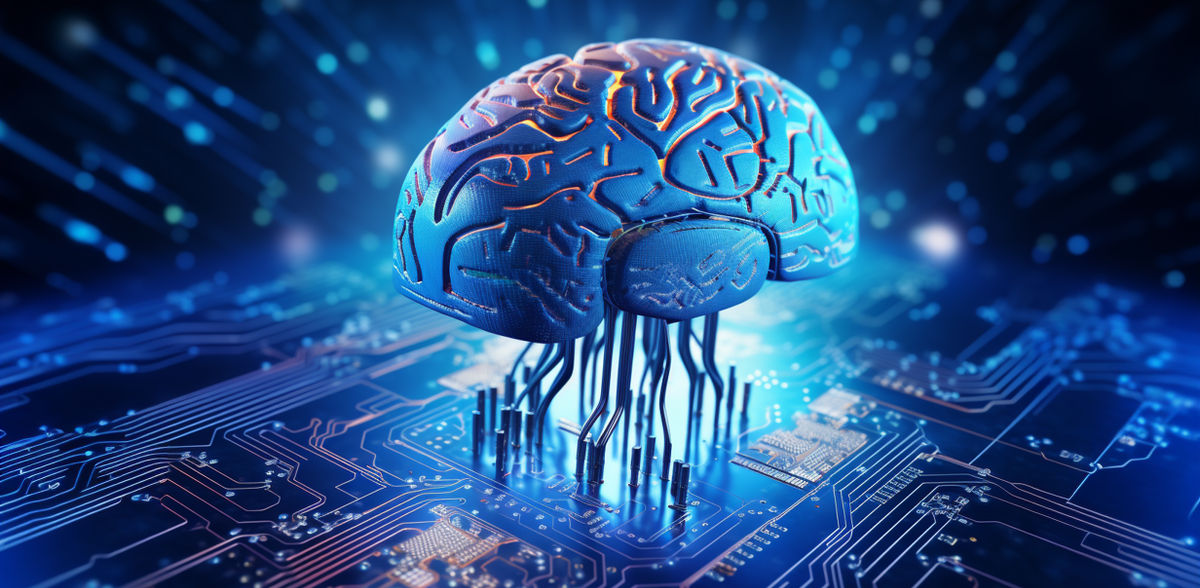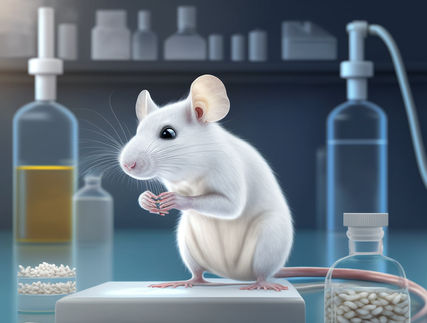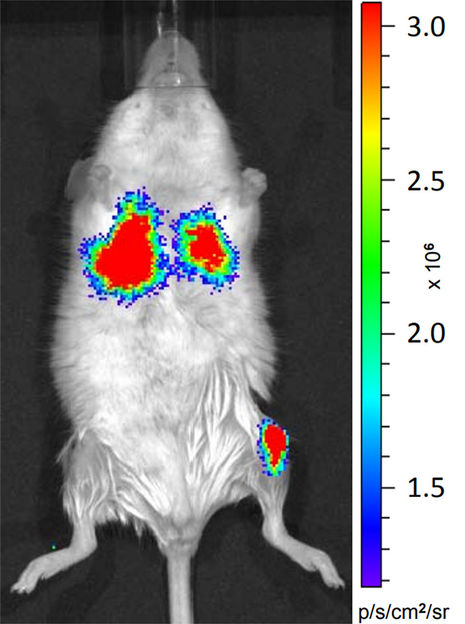A Deep Learning Framework For High-Quality Optoacoustic Imaging in Real-Time
Helmholtz Munich and TU Munich further develop method together with spin-off iThera Medical
Researchers at Helmholtz Munich and the Technical University of Munich have made significant progress in advancing high-resolution optoacoustic imaging for clinical use. Their innovative deep-learning framework, known as DeepMB, holds great promise for patients dealing with a range of illnesses, including breast cancer, Duchenne muscular dystrophy, and inflammatory bowel disease. Their findings have been now published in Nature Machine Intelligence.
In order to understand and detect diseases scientists and medical staff often rely on imaging methods such as ultrasound or X-ray. However, depending on the tissue the resolution and depth of the resulting image is limited or insufficient. A relatively new method called optoacoustic imaging combines the principles of both ultrasound and laser-induced optical imaging and is, therefore, a powerful medical imaging tool to non-invasively assess a wide variety of diseases, including breast cancer, Duchenne muscular dystrophy, inflammatory bowel disease, and many more. This technology would greatly benefit patients in the clinic, however, its practical use is hampered because high-quality images require prohibitively long processing times. A team of researchers from the Bioengineering Center and the Computational Health Center at Helmholtz Munich and the Technical University of Munich have developed a deep-learning framework (DeepMB) allowing clinicians to obtain high-quality optoacoustic images in real-time, a major step towards the clinical translation of this technology.
The research focuses on multispectral optoacoustic tomography (MSOT), an optoacoustic imaging method developed by Prof. Ntziachristos and his research team at Helmholtz Munich and the Technical University of Munich, distributed by and continuously jointly advanced together with his spin-off company, iThera Medical GmbH. An MSOT scanner works by taking advantage of the optoacoustic effect, where sound waves are generated when light is absorbed by a material. The instrument collects these sound waves, which are translated into images displayed on the scanner monitor with the help of so-called reconstruction algorithms. Unfortunately, the simpler algorithms that can reconstruct images quickly enough to display them in real-time can only deliver low-quality images, while the more complex algorithms that can produce high-quality images take far longer than what would be practical in a clinical setting.
Optoacoustic Imaging Accelerated for Faster Results Without Compromising Image Quality
The new neural network DeepMB is capable of reconstructing high-quality optoacoustic images about a thousand times faster than the state-of-the-art algorithm with virtually no loss in image quality. The critical innovation unlocking this achievement was the training strategy used for DeepMB. The training strategy was based on optoacoustic signals synthesized from various pictures of the real world paired with optoacoustic images reconstructed from the corresponding signals. The resulting framework also overcomes one of artificial intelligence's (AI) major challenges: generalization. This means that DeepMB can accurately reconstruct all scans acquired from any patient, regardless of the part of the body being targeted or the disease being analyzed.
Facilitating the Clinical Application of Optoacoustic Tomography
By using DeepMB, clinicians will have direct access to optimal MSOT image quality for the first time. This represents a major leap forward for this technology, positively impacting clinical studies and ultimately helping patients receive better care. The core principles of DeepMB are also readily adaptable and can be applied to many other reconstruction methods in optoacoustic imaging, including other research efforts at Helmholtz Munich. More broadly, the researchers believe this framework can also be applied to other imaging modalities such as ultrasound, X-ray, or magnetic resonance imaging (MRI).
Original publication
Other news from the department science
Most read news
More news from our other portals
Something is happening in the life science industry ...
This is what true pioneering spirit looks like: Plenty of innovative start-ups are bringing fresh ideas, lifeblood and entrepreneurial spirit to change tomorrow's world for the better. Immerse yourself in the world of these young companies and take the opportunity to get in touch with the founders.


























































